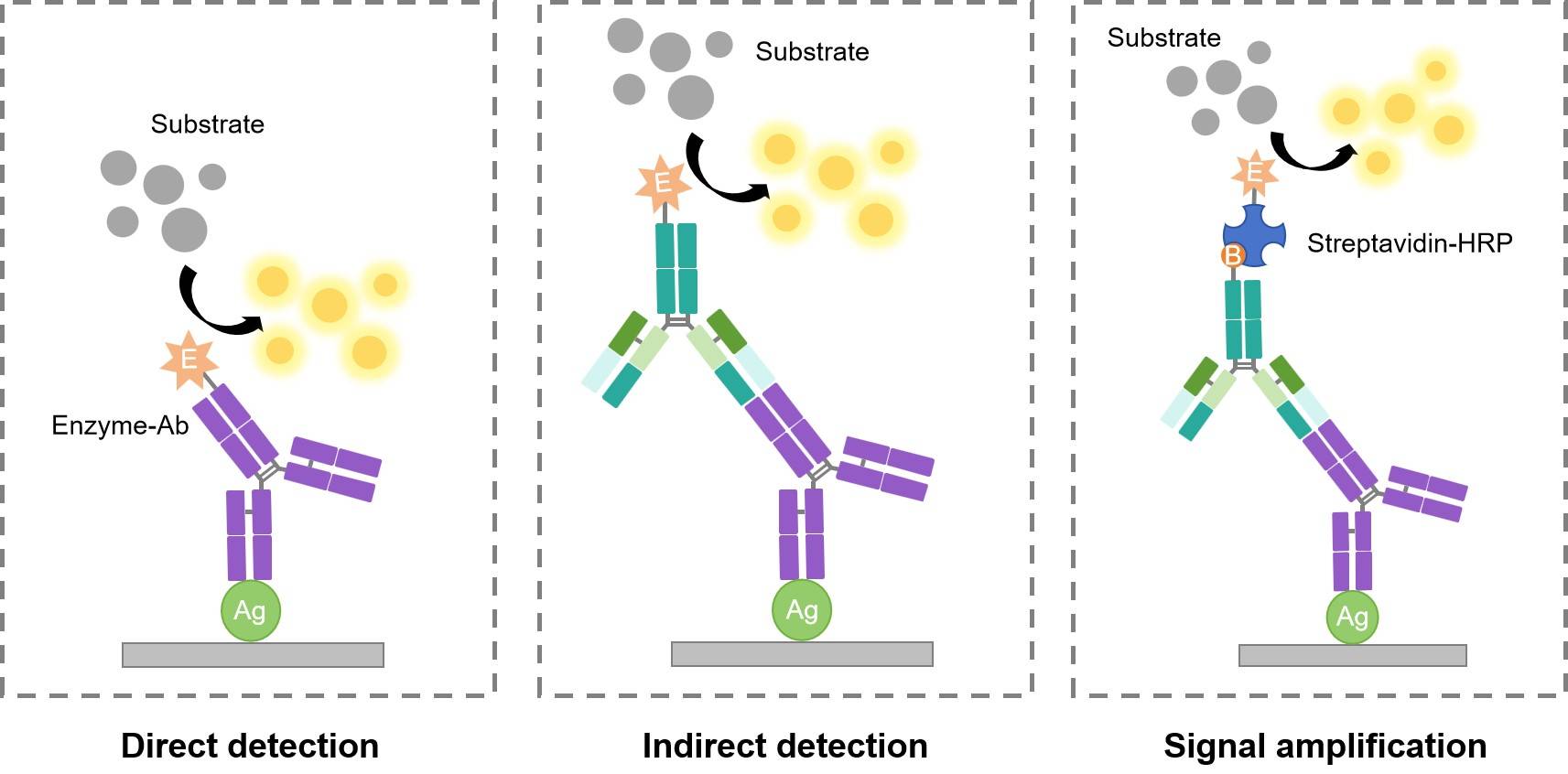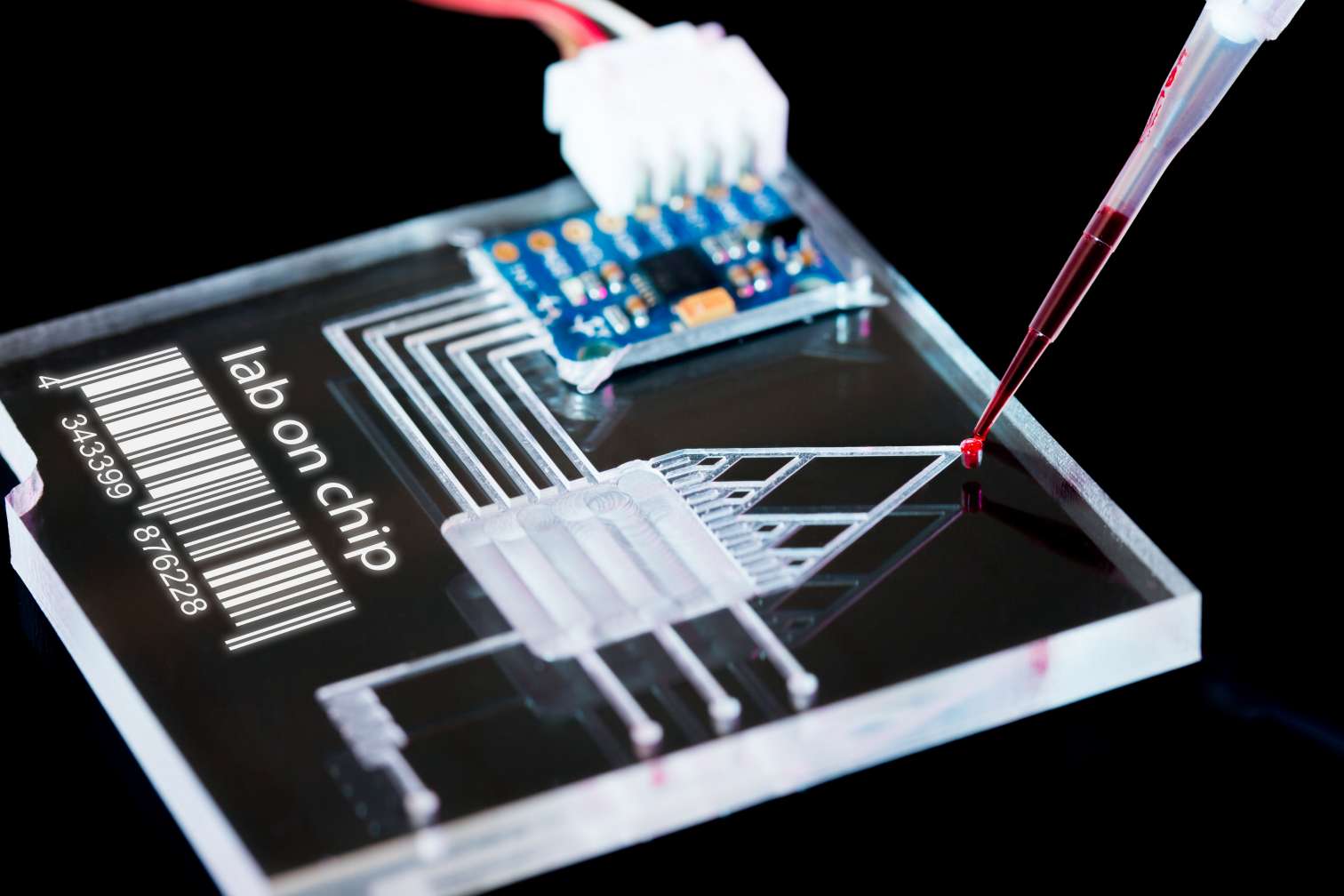Overview
Western blot (WB) is a core technique in cell and molecular biology, which is used to detect the presence of a specific protein in a complex mixture extracted from cells. The WB procedure relies upon three key elements to accomplish this task: the separation of protein mixtures by size using gel electrophoresis, the efficient transfer of separated proteins to a solid support, and the specific detection of a target protein by appropriately matched antibodies. Once detected, the target protein will be visualized as a band on a blotting membrane, X-ray film, or an imaging system. Our WB protocol involves the following 5 main steps: sample preparation, SDS-PAGE gel electrophoresis, protein transfer, immunoblotting, detection. Creative Biolabs provides very detailed steps instruction for each one. Please refer to Western Blot Protocols & Troubleshooting & Guide for more information.
Detection Method
Detailed procedures for detection of a WB may vary widely. One common variation involves direct vs. indirect detection. The following diagram and tables show the specific differences between them.

Table 1. Direct Detection Method
| Advantages | Disadvantages |
|
|
|
|
|
|
|
Table 2. Indirect Detection Method
| Advantages | Disadvantages |
|
|
|
|
|
|
|
|
|
How to Choose Appropriate Secondary Antibody?

Protein Electrophoresis
Protein electrophoresis is a standard laboratory technique by which charged protein molecules are transported through a solvent by an electrical field. Most biological molecules carry a net charge at any pH other than their isoelectric point and will migrate at a rate proportional to their charge density. Denaturing and reducing SDS-PAGE with a discontinuous buffer system is the most widely used electrophoresis technique and separates proteins primarily by mass. Non-denaturing PAGE (also known as native-PAGE) separates proteins according to their mass/charge ratio. Two-dimensional (2D) PAGE separates proteins by native isoelectric point in the first dimension and by mass in the second dimension.
SDS-PAGE vs. Native-PAGE
Recent Progresses
Although WB is a relatively mature technology, there are still researchers working on it to upgrade this technique. The development of improved detection methods can expand multiplexing capabilities and push detection limits. Progress in these areas will likely continue at a rapid pace as improved method for microfluidics, microscale analysis systems, and label-free biosensing continue to advance the field.

More WB Resource
Western Blot Protocols & Troubleshooting & Guide
Sample Preparation in Western Blot Assay
Protein Transfer from Gel to Membrane in Western Blot Assay
Running an SDS-PAGE Gel in Western Blot Assay
Western Blot Illustrated Assay